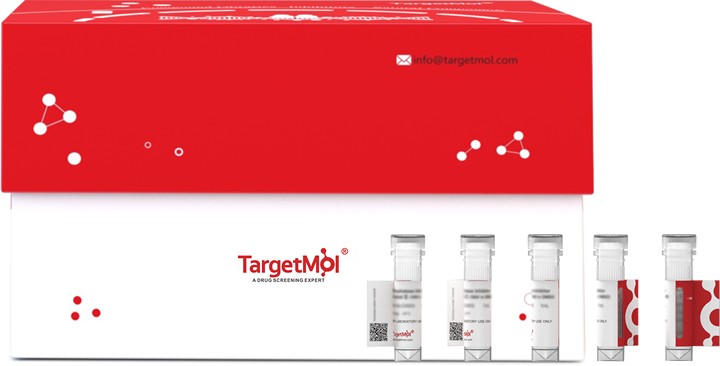Shopping Cart
- Remove All
 Your shopping cart is currently empty
Your shopping cart is currently empty

WalK Protein, S. aureus, Recombinant (His & Myc) is expressed in E. coli expression system with N-10xHis and C-Myc tag. The predicted molecular weight is 29.3 kDa and the accession number is A6QD58.

| Pack Size | Price | Availability | Quantity |
|---|---|---|---|
| 20 μg | $360 | 20 days | |
| 100 μg | $745 | 20 days | |
| 1 mg | $2,530 | 20 days |
| Biological Activity | Activity has not been tested. It is theoretically active, but we cannot guarantee it. If you require protein activity, we recommend choosing the eukaryotic expression version first. |
| Description | WalK Protein, S. aureus, Recombinant (His & Myc) is expressed in E. coli expression system with N-10xHis and C-Myc tag. The predicted molecular weight is 29.3 kDa and the accession number is A6QD58. |
| Species | Staphylococcus aureus |
| Expression System | E. coli |
| Tag | N-10xHis, C-Myc |
| Accession Number | A6QD58 |
| Synonyms | walK,vicK,Sensor protein kinase WalK |
| Amino Acid | NVSHELRTPLTSMNSYIEALEEGAWKDEELAPQFLSVTREETERMIRLVNDLLQLSKMDNESDQINKEIIDFNMFINKIINRHEMSAKDTTFIRDIPKKTIFTEFDPDKMTQVFDNVITNAMKYSRGDKRVEFHVKQNPLYNRMTIRIKDNGIGIPINKVDKIFDRFYRVDKARTRKMGGTGLGLAISKEIVEAHNGRIWANSVEGQGTSIFITLPCEV |
| Construction | 382-600 aa |
| Protein Purity | > 85% as determined by SDS-PAGE. |
| Molecular Weight | 29.3 kDa (predicted) |
| Endotoxin | < 1.0 EU/μg of the protein as determined by the LAL method. |
| Formulation | Tris-based buffer, 50% glycerol |
| Reconstitution | A Certificate of Analysis (CoA) containing reconstitution instructions is included with the products. Please refer to the CoA for detailed information. |
| Stability & Storage | Lyophilized powders can be stably stored for over 12 months, while liquid products can be stored for 6-12 months at -80°C. For reconstituted protein solutions, the solution can be stored at -20°C to -80°C for at least 3 months. Please avoid multiple freeze-thaw cycles and store products in aliquots. |
| Shipping | In general, Lyophilized powders are shipping with blue ice. Solutions are shipping with dry ice. |
| Research Background | Member of the two-component regulatory system WalK/WalR that regulates genes involved in cell wall metabolism, virulence regulation, biofilm production, oxidative stress resistance and antibiotic resistance via direct or indirect regulation of autolysins. Functions as a sensor protein kinase which is autophosphorylated at a histidine residue in the dimerization domain and transfers its phosphate group to the conserved aspartic acid residue in the regulatory domain of WalR. In turn, WalR binds to the upstream promoter regions of the target genes to positively and negatively regulate their expression. |

Copyright © 2015-2025 TargetMol Chemicals Inc. All Rights Reserved.